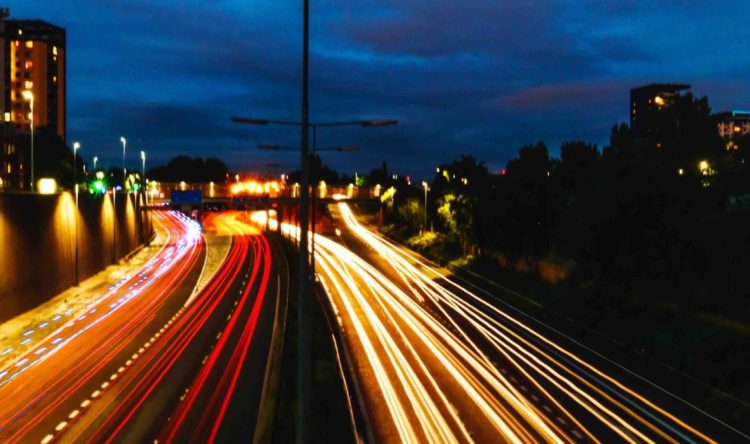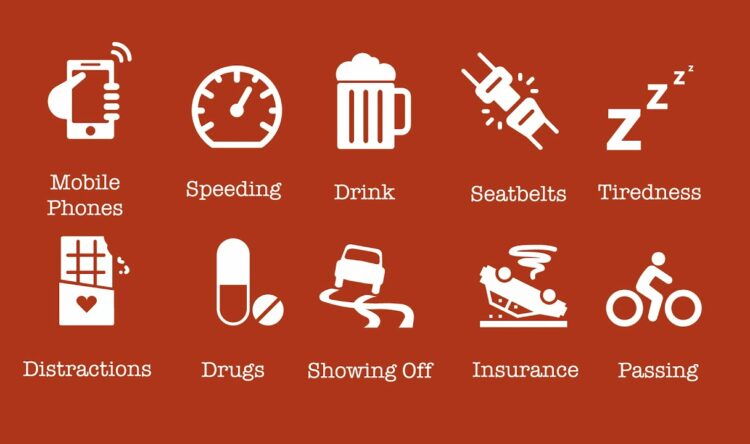Government EV plans short circuited
New report highlight government failings over EV planning
The government has a “mountain to climb” to reach its goals of phasing out new petrol and diesel cars. They have set the date of 2030, with all new cars to be zero-emission by 2035.
The Public Accounts Committee’s (PAC) latest report criticises the government for lacking a plan. Achieving these targets and tackling the consequences of an all-electric car society has no credible roadmap. There is nothing on the impact on the future power needs or the skills and capabilities required to support the changeover. Then there is the thorny issue of the huge reduction in tax-take due to the loss of fuel duties – no plan B.
Charging up
The report focuses mainly on how to increase uptake among consumers. There are detailed recommendations into charging infrastructure. However, PAC isn’t convinced that the government has “sufficiently thought through” how this will expand at the pace required to meet the targets.
The Department for Transport (DfT) has made assumptions. For example, the types of journeys people will make and how they charge their car. At the same time it has failed to estimated the number of chargepoints required across the country.
The report calls on the DfT to address the remaining barriers to expanding the network, such as chargers for owners who do not have off-street parking. The English Housing Survey shows that 33% of households in England don’t have access to off-street parking, with this increasing to 68% for those living in social housing.
Local or national?
PAC says the DfT sees government’s role as spotting market failures and unblocking problems. The DfT states there is to be a shift in focus from funding for home charging to on-street and other publicly available local charging. Investment has doubled this year for the on-street residential charge scheme. It will double to £20 million for the next year too.
However, the National Audit Office has reported that local authority take-up of funding is low. Almost a third of the allocation funding of £8.5 million has not been used.
In 2018, it was revealed that only five councils across the UK had taken advantage the scheme. The Local Government Association responded by stating that cash strapped councils should not be responsible for “replacing petrol stations”. They believe it requires a concerted, coordinated and centralised plan and application.
Flat batteries
Alongside on-street charging issues, the DfT and the Department for Business, Energy and Industrial Strategy (BEIS) need to work with other departments to consider the practical implications of the transition to zero-emission cars, the PAC says.
In particular, government should set out how they are going to manage the wider societal impacts. These include the impact on power generation and transmission and retraining the workforce.
To ensure infrastructure can cope with the additional demand, particularly power supply, the government needs to invest. Qualified estimates say electricity demand will double by 2050. The investment needed translates to a 2% increase in energy bills by 2030.
The UK distribution network operators (DNOs) are already gearing up for the increased demand. UK Power Networks is expecting a 3,000% growth in EVs in its areas by 2030. Scottish and Southern Electricity Networks expecting EVs to increase to over 5 million by 2050 in its areas. Likewise, Electricity North West is expecting over 3 million EVs in its region by 2050.
The PAC also finds that charging at home can cost between 59% and 78% less than charging on the public network. The DfT says more competition and innovation could benefit customers in terms of the price paid for electricity.
Short circuits
Meg Hiller, chair of the PAC, said that “once again what we’ve got is a government throwing up a few signs around base camp” while there’s no drop in demand for internal combustion engine vehicles.
“This isn’t about more targets with no plan behind them inevitably getting missed – it’s about averting the real-world challenges that are bearing down on all of us,” Hiller added.






